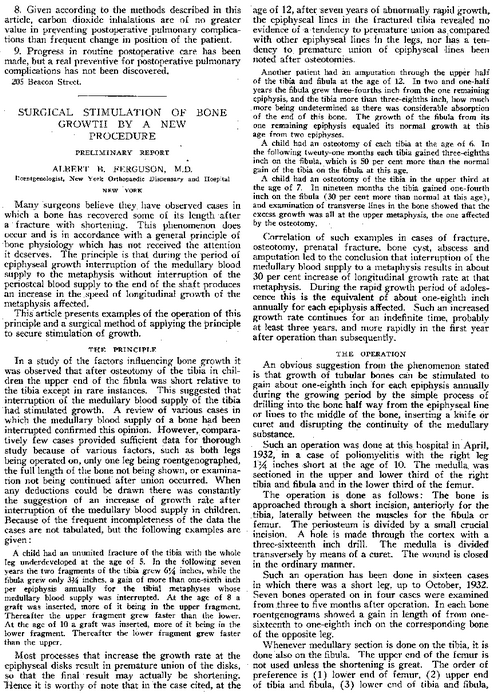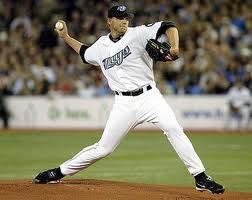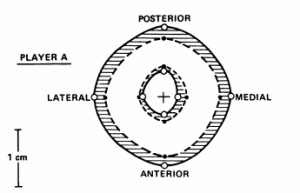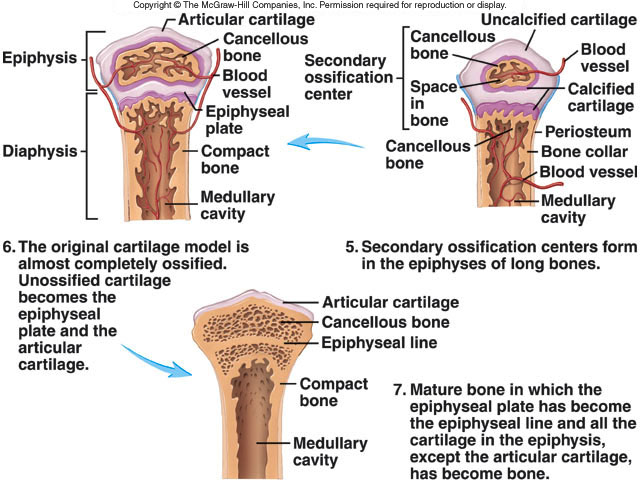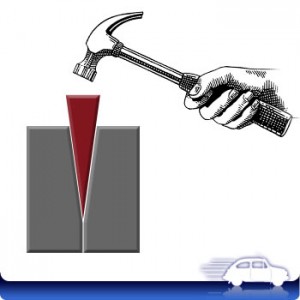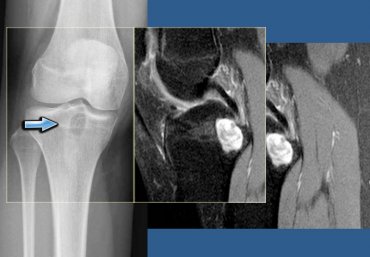This will be another one of those posts which a real breakthrough is made at least in my own research.
What I propose may be the first real way to increase height in physically mature adults in an almost proportional way. The evidence that has been mounting for this idea has been increasing for a long time and this will be the culmination of around 6 months of research.
The growth factor I am proposing now is that of the Growth Differentiation Factor 5. So far I have written a lot about this compound but recent research and development has pushed me over the fence on this compound and it’s possible affect on skeletal development.
The study or evidence that really pushed this protein to the top of the most viable and feasible growth factors to use for even height increase in physically mature adults was a study I found when I was doing research for another post, “A Detailed Study And Analysis On Growth Differentiation Factors GDFs Which Influence Growth And Height“. From the paper “Mechanisms of GDF-5 action during skeletal development” I would find this amazing statement in the abstract.
“To investigate how GDF-5 controls skeletogenesis, we overexpressed GDF-5 during chick limb development using the retrovirus, RCASBP. This resulted in up to a 37.5% increase in length of the skeletal elements, which was predominantly due to an increase in the number of chondrocytes. By injecting virus at different stages of development, we show that GDF-5 can increase both the size of the early cartilage condensation and the later developing skeletal element. Using in vitro micromass cultures as a model system to study the early steps of chondrogenesis, we show that GDF-5 increases chondrogenesis in a dose-dependent manner.
We did not detect changes in proliferation. However, cell suspension cultures showed that GDF-5 might act at these stages by increasing cell adhesion, a critical determinant of early chondrogenesis. In contrast, pulse labelling experiments of GDF-5-infected limbs showed that at later stages of skeletal development GDF-5 can increase proliferation of chondrocytes. Thus, here we show two mechanisms of how GDF-5 may control different stages of skeletogenesis. Finally, our data show that levels of GDF-5 expression/activity are important in controlling the size of skeletal elements and provides a possible explanation for the variation in the severity of skeletal defects resulting from mutations in GDF-5.”
This shows the amazing affect the GDF can have on skeletal development. When I decided to go back into this website’s old records of posts, I found even more evidence that this compound was something I had researched before which I had stated had amazing potential. Back in October I had posted the article “Is Growth Differentiator Factor 5 GDF5 Gene The Most Influential Gene Towards Height?” In that post I had cited an article found from ScienceDaily.com and highlighted this statement found from it…
“The variants most strongly associated with height lie in a region of the human genome thought to influence expression of a gene for growth differentiation factor 5, called GDF5, which is a protein involved in the development of cartilage in the legs and other long bones.”
More evidence for the GDF-5 is found from the paper “When evolution hurts: height, arthritis risk, and the regulatory architecture of GDF5 function” which state that the GDF- controls epiphyseal chondrocyte maturation!! Remember that we also remember that the GDFs have the ability to control the direction of the differentiation, even reversing the differentiation process. The next phrase I would like to quote from the same abstract is…
“Recent studies have shown that high frequency genetic variants in GDF5 are significantly associated with both stature…”
From the website of the Broad Institute an article entitled “Genes linked to height no longer in short supply” they state that besides the better known HMGA2 gene, the GDF-5 gene may be the 2nd most influential gene that researchers have fonud so far which affects height. From another study “In vivo effects of recombinant human growth and differentiation factor 5 on the intervertebral disc“ the researchers only used just 1 injection of the GDF-5 on the degenerated intervertebral disk of lab rabbits. They conclude with…
“The study provided encouraging preliminary evidence that a single injection of GDF-5 induced recovery of disc height in the IVDs of rabbits with degenerative changes previously induced by annular needle puncture. Stimulation of the anabolic cascade by rhGDF-5 could therefore prove useful as a therapeutic approach to delay the progression of disc degeneration or to promote the repair of the degenerating human IVD”
It would seem that Tyler from HeightQuest.com has already had the same ideas and thoughts about the possibilities of using the GDF-5 to gain height from regenerating intervertebral disk space. The post he wrote about is “Increase disc height with GDF-5 and BMP-7” back in 2010. It would seem that even the most established medical professional all agree with us on this idea. From Google Books (or Google Scholar) I would find reference to the idea of using either or both the GDF-5 and the BMP-7 (aka OP-1) in increasing disk width/height at least for a extended temporary amount of time. The book is “The Lumbar Intervertebral Disc by Frank M. Phillips,Carl Lauryssen”, page 167. I myself have also written about the phenomena of using OP-1/BMP-7 for degenerated disk regeneration in the old post “Osteogenic Protein 1 OP-1 Or Bone Morphogenetic Protein 7 BMP-7 Can Increase Intervertebral Disk Height (Important)”
Even more evidence for the chondrogenic ability of GDF-5 comes from the study “Human Mesenchymal Stem Cells Induced by Growth Differentiation Factor 5: An Improved Self-Assembly Tissue Engineering Method for Cartilage Repair” . We see that the GDF-5 injected in mesenchymal stem cells cultures cause the right type of differentiation. From another source, this time a Ph.D Thesis Candidate named Bernhard Appel of the University of Rogensburg entitled “Cartilage Tissue Engineering: Controlled Release of Growth Factors. Effects of GDF-5, Sexual Steroid Hormons and Oxygen” he looked at the effect of using the GDF-5 and insulin in combination to increase the number of chondrocytes. From page 57-74, entitled “Synergistic effects of growth and development factor-5 (GDF-5) and insulin on primary and expanded chondrocytes in a 3-D environment” the GDF-5 and Insulin in synergy increase all the primary elements one would find in cartilage : extracellular matrix (ECM) composition, i.e., glycosaminoglycan, and collagen content.
Proposed Theory On Height Increase:
What I propose from all the research and studies we have found and my own guesses (yes, this theory is a big guess) is that if we just increase the GDF-5 expression in even physically mature adults we would find that we can gain increased height, but especially in the synovial joint areas. One source did say that the GDF-5 is found also along the surface of articular cartilage. If the GDF-5 increased in expression, then I would guess that the overall human height qoulc increase by at least a few inches just from cartilage thickening. As a supplement, we can take the Chondroitin Sulfate, Heparan Sulfate, and the Hyaluronic Acid which go into the extracellular matrix of cartilage. At this point, the GDF-5 is as important as the PTHrP , BMP-7, and the Chondromodulin Type-1 that I have seen so far. They are the top, most likely contenders in getting any real height increase in adulthood.
The only thing that really needs to be worked out is how we can increase the process of the rate of bone mineral resorption in the blood. This could obviously be as simple as tilting the PTH/PTHrP feedback loop on the Calcium and Vitamin D content in the blood stream, but it might be more complicated than previously believed.

